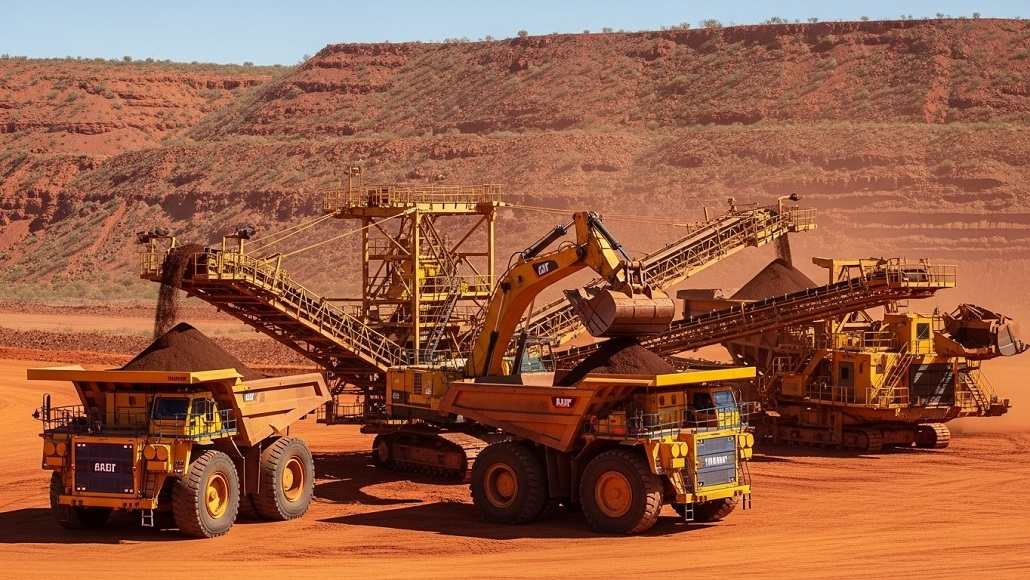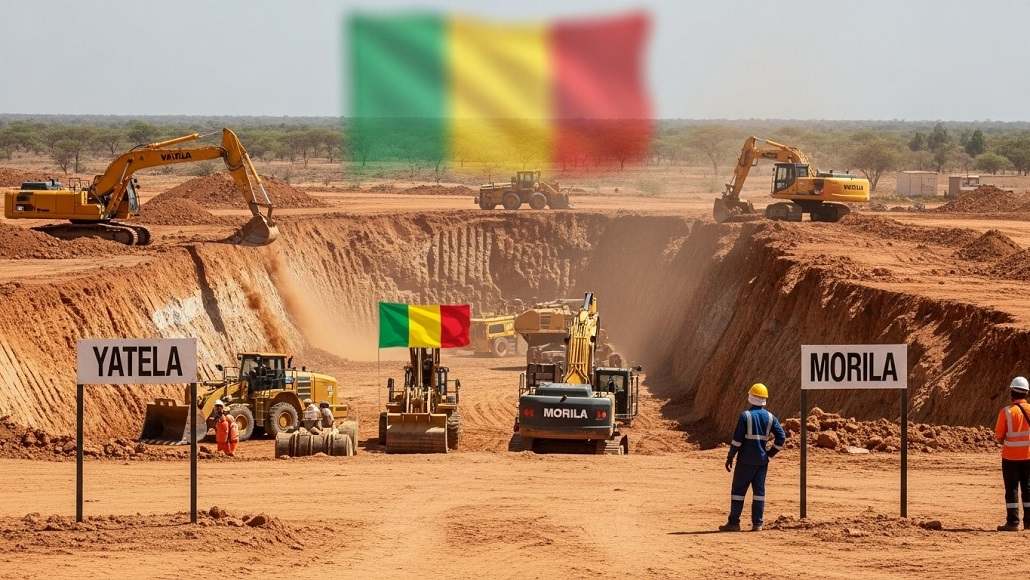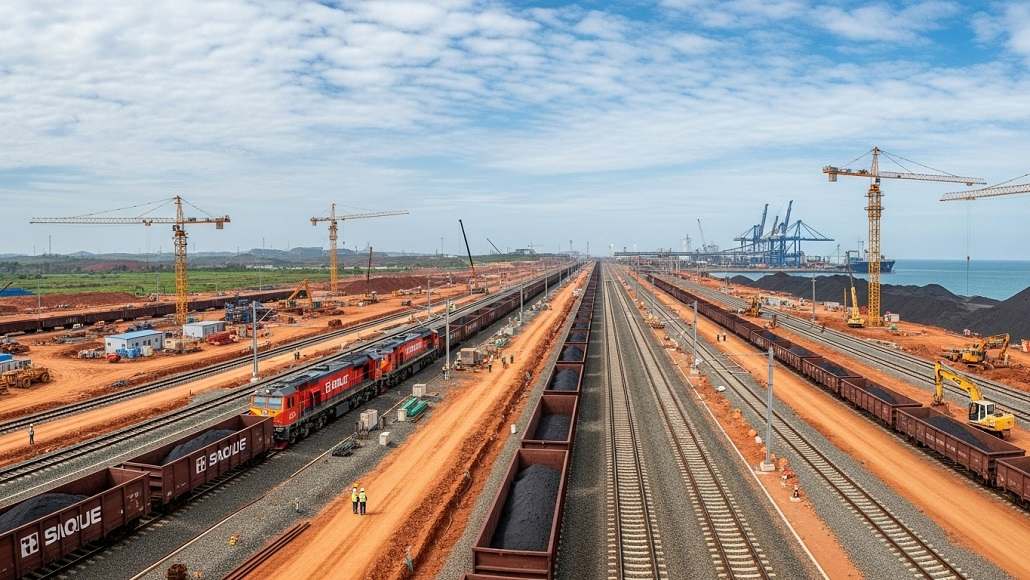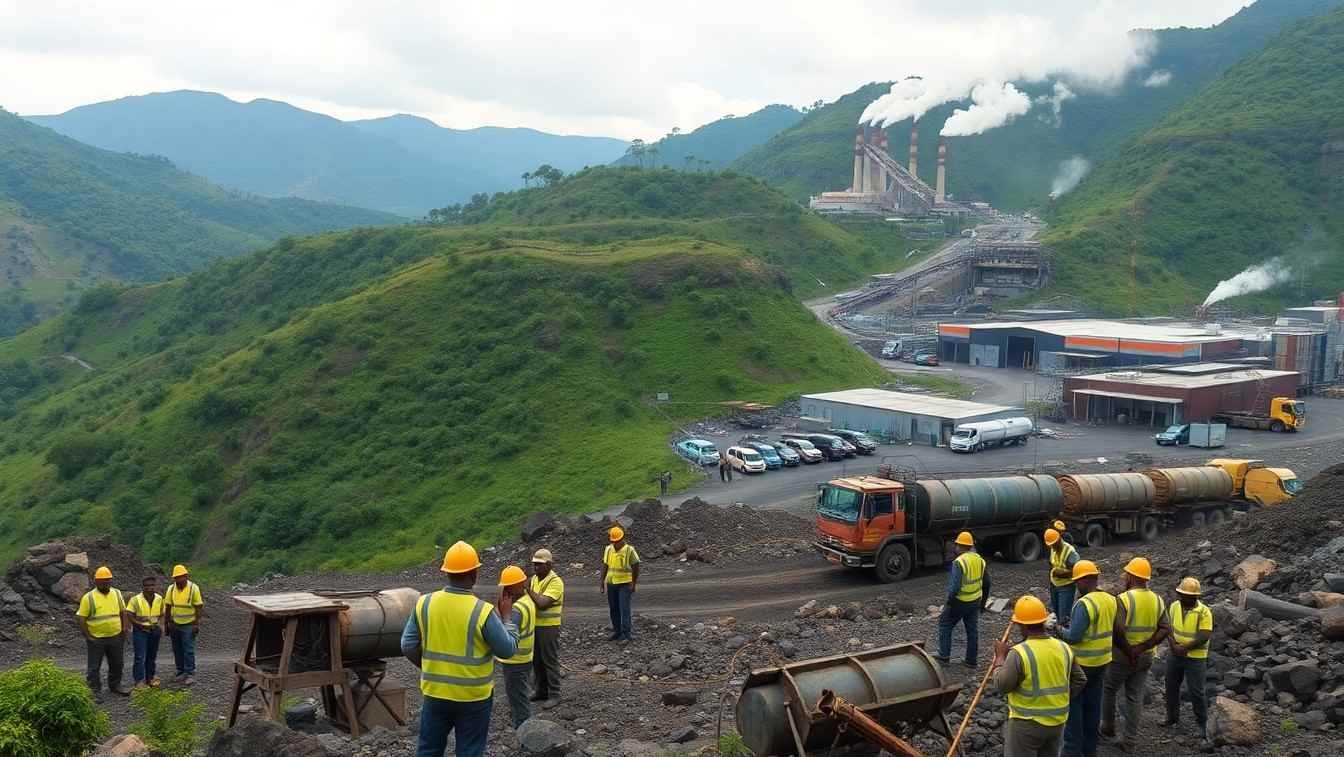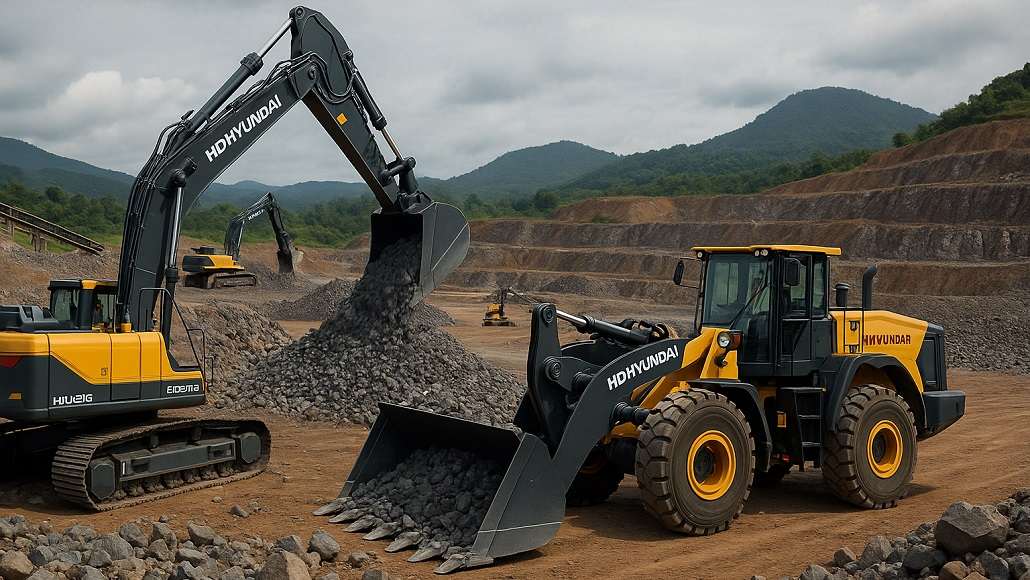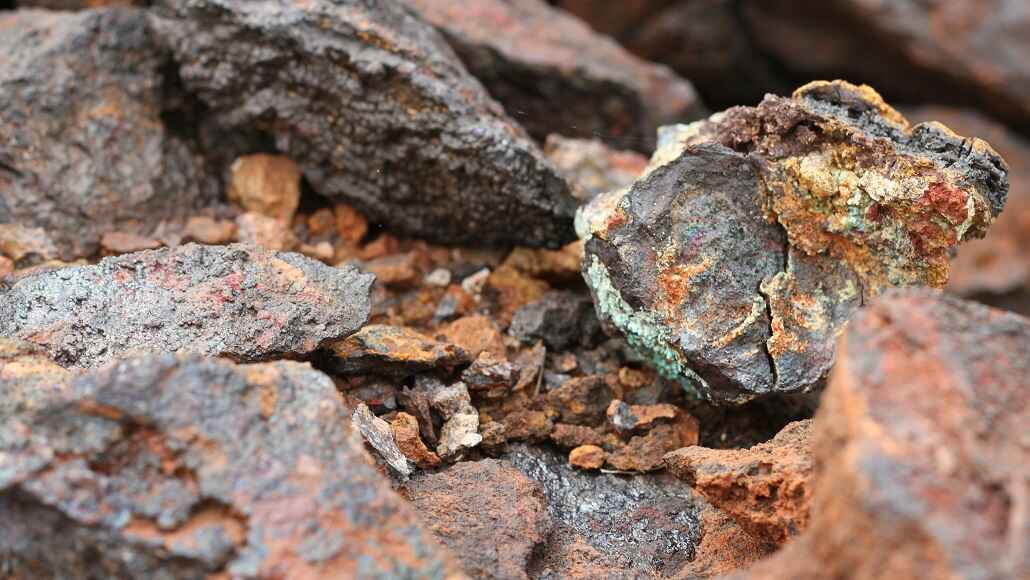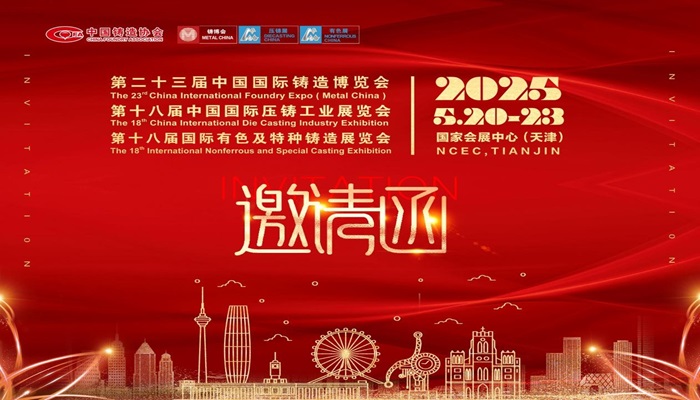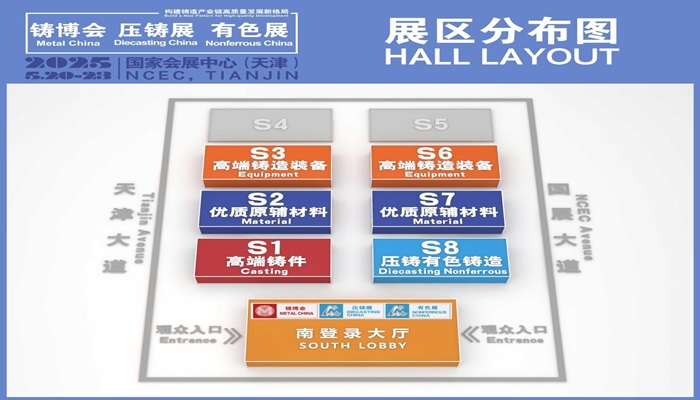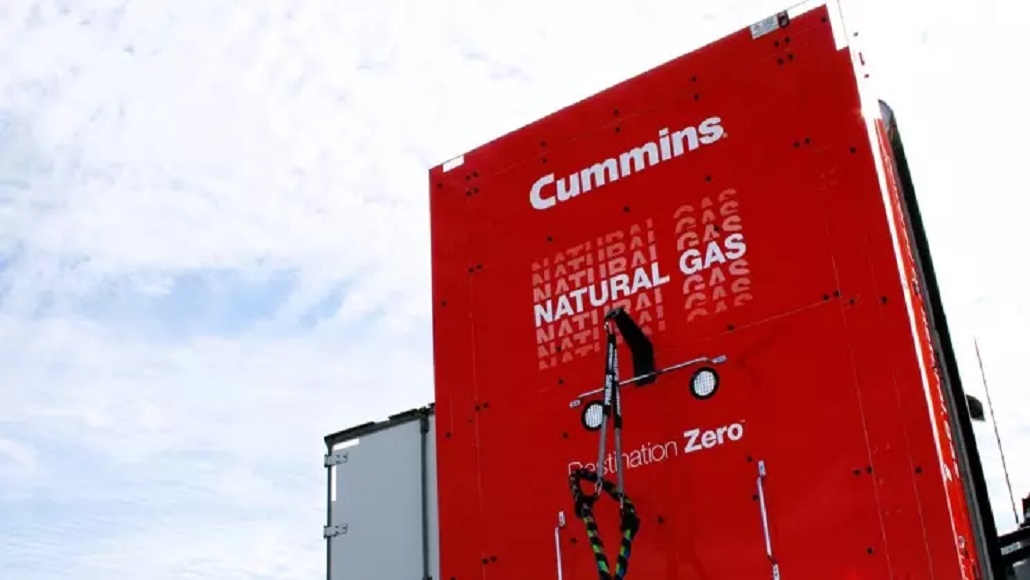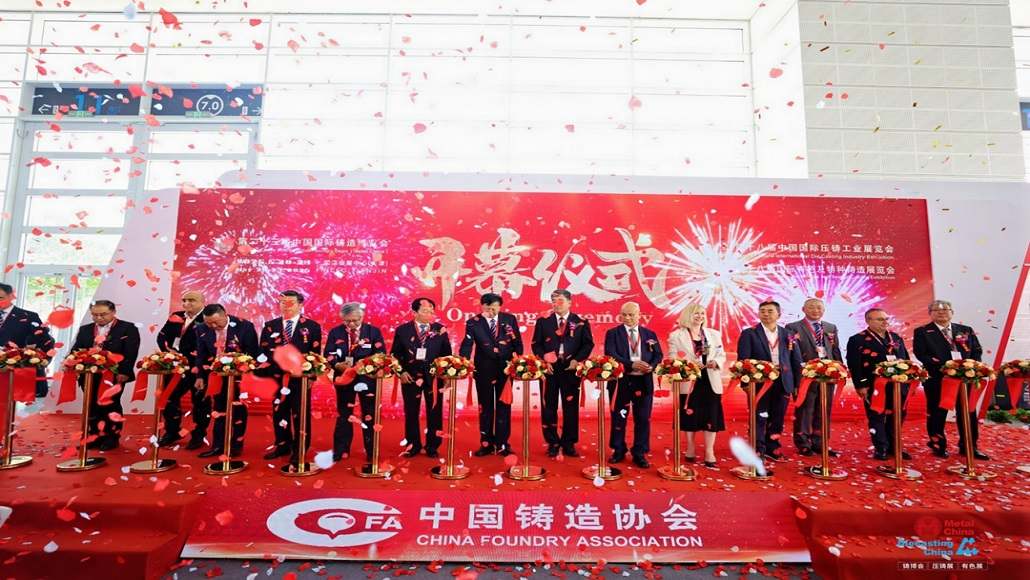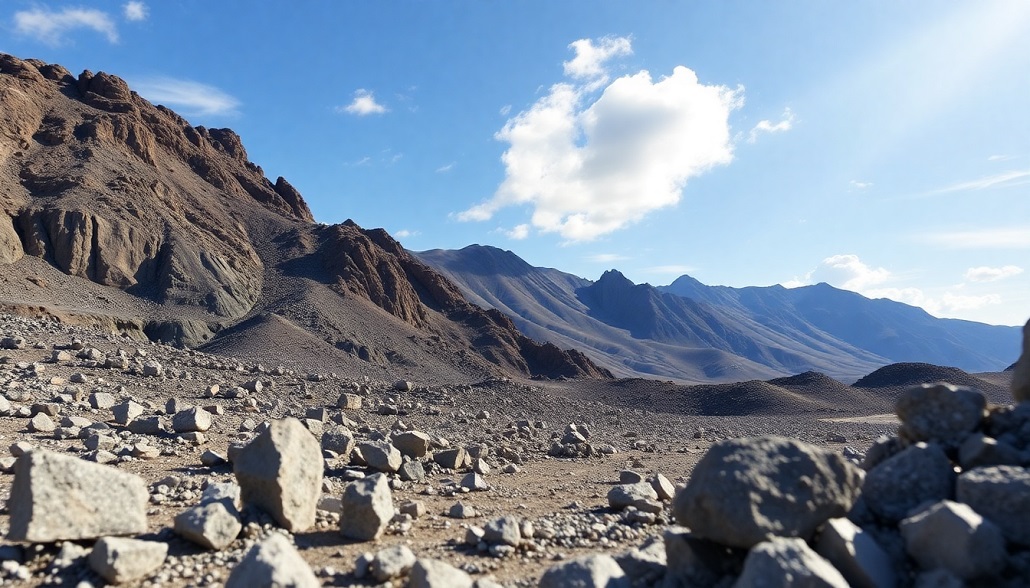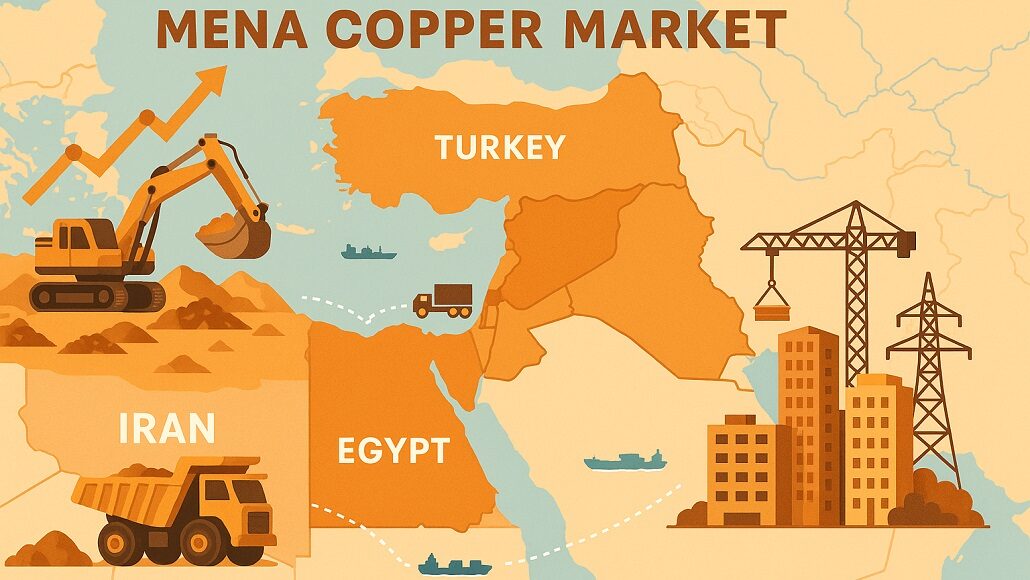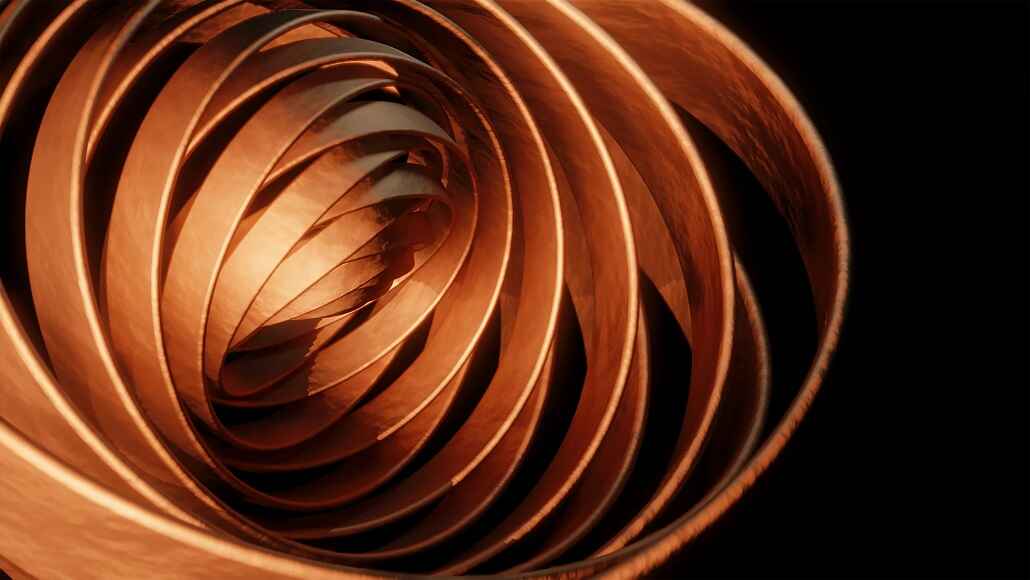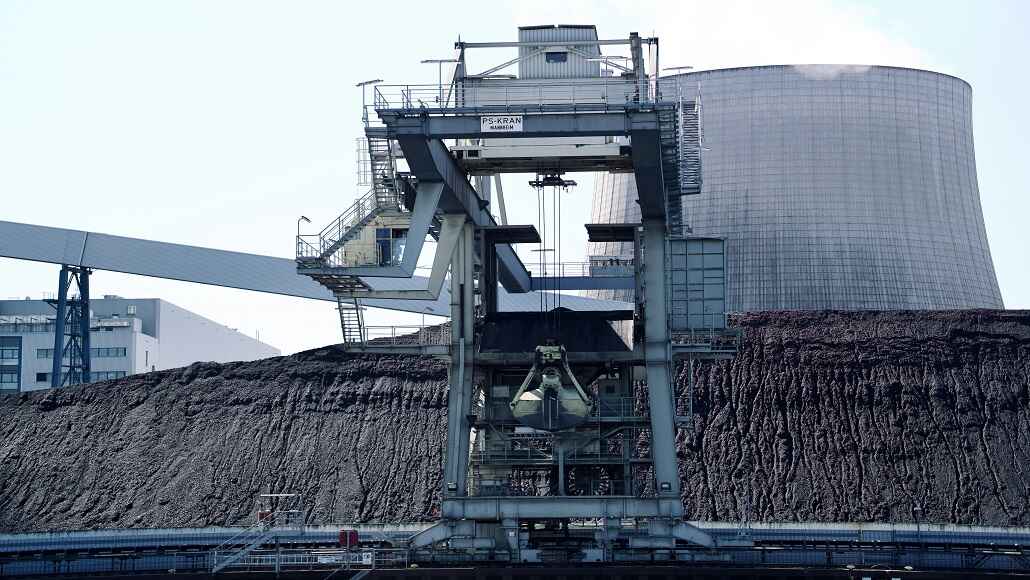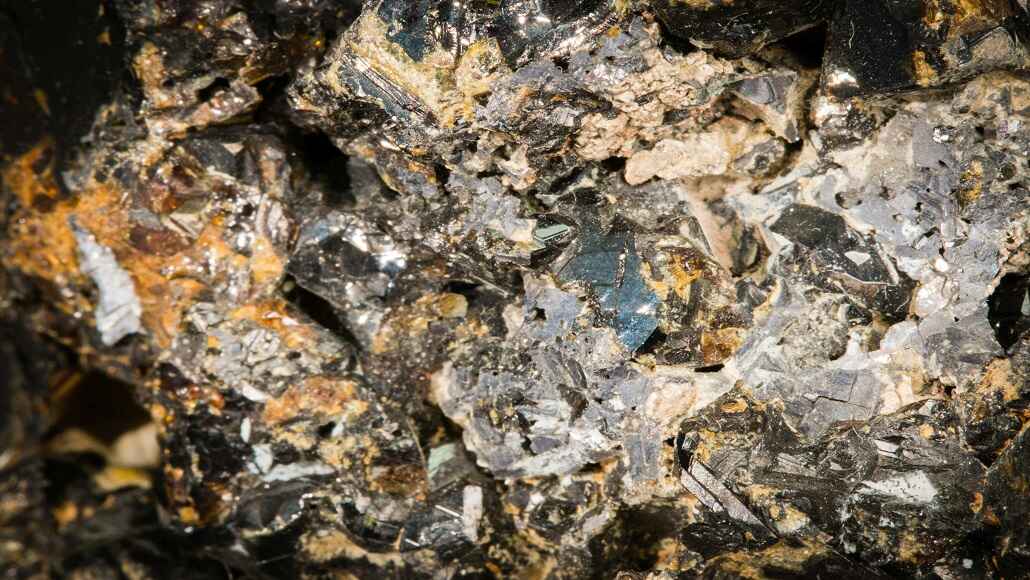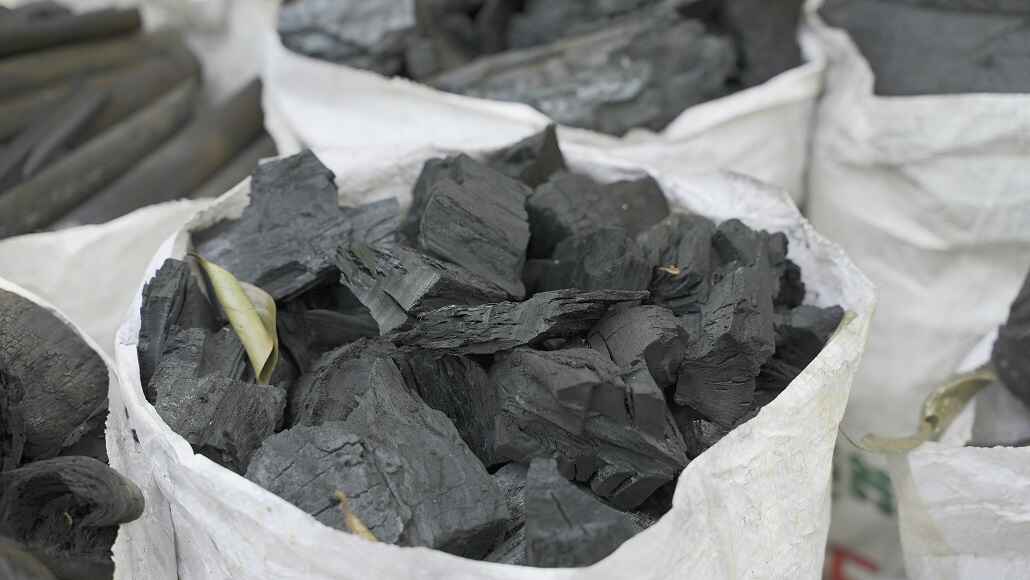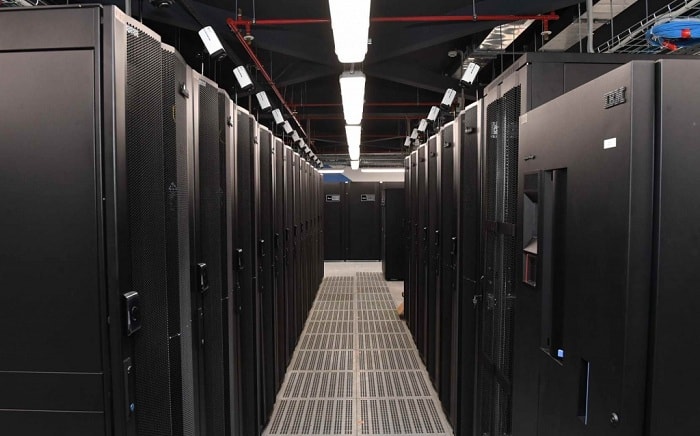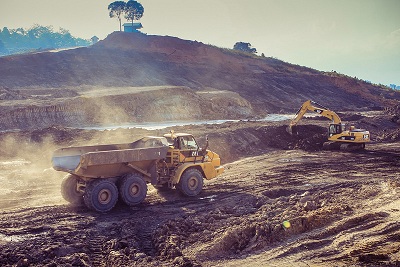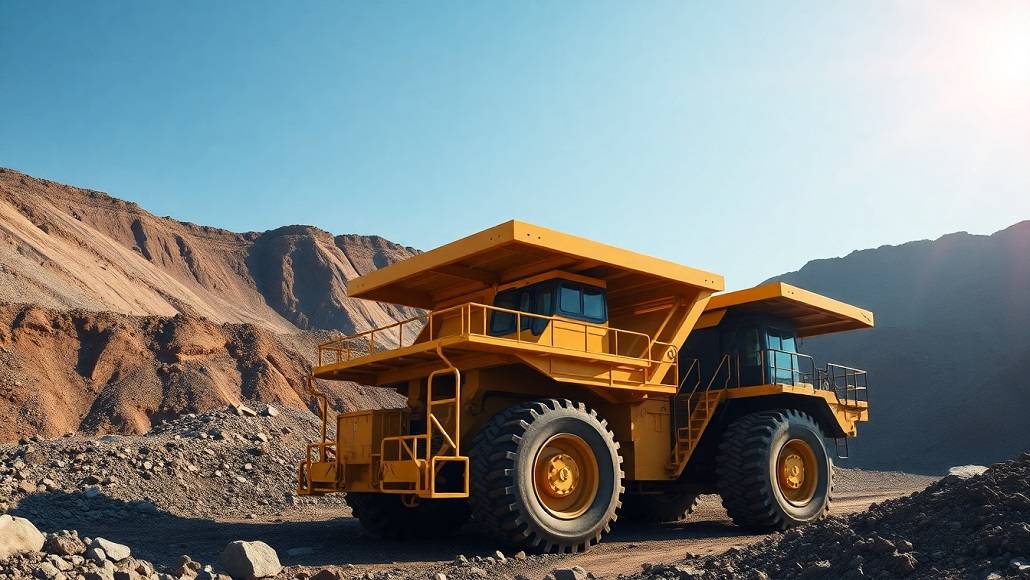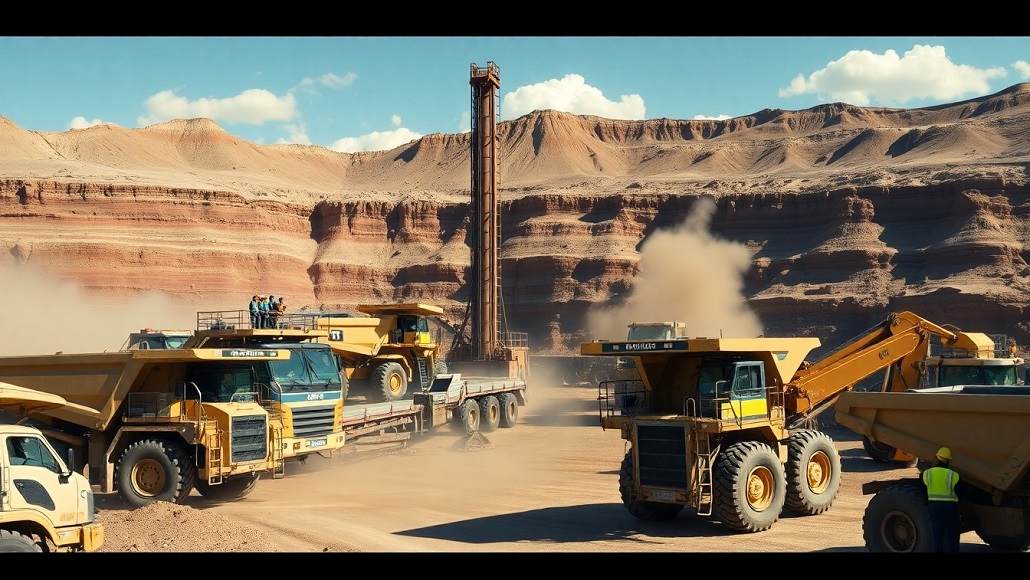The Aurora gold project being developed by Guyana Goldfields (GGL) is located in Cuyuni-Mazaruni, Guyana, South America. It is an open pit and underground mining operation spread across an area of 12km². The open pit operations are initially targeted at extracting the near-surface saprolite and hard rock ore.
GGL was awarded the mining lease from the Government of Guyana in November 2011. The feasibility study for the project was completed in January 2013 and commissioning is due to commence mid 2015.
Aurora’s total gold production is estimated to be 3.29 million ounces over its 17-years mine life. Production is anticipated to be 231,000oz in the first ten years, with a peak production rate of 349,000oz in 2020.
Financing for the Aurora Gold project
The project is estimated to cost $205m. International Finance Corporate (IFC), a member of World Bank Group, Export Development Canada, ING Capital, Caterpillar Financial Services Corporation, and The Bank of Nova Scotia will provide a $185m debt facility for the project. The transaction was completed in September 2014.
The debt will be provided in two tranches of $160m and $25m respectively to be repaid over eight years. Endeavour Financial (Cayman) was the financial advisor for the transaction for Guyana Goldfields.
Aurora gold mine geology and mineralisation
The Aurora gold deposit is situated on the eastern side of the Aurora zoned intrusion in the Cuyuni greenstone belt of the Guiana Shield in the Amazon Craton. The Cuyuni belt consists of basalts, rhyolites, shales and graywackes.
The deposit is classified in to four gold mineralisation zones, namely Rory’s Knoll, Aleck Hill, Walcott Hill and Mad Kiss. High-grade mineralisation is found in mesothermal quartz veins, while the majority of mineralisation is found in quartz-ankerite veins that consist of minor pyrite and associated hydrothermal alteration. Quartz-carbonate veins ranging from weak to moderate stockwork and distinct tabular zones were also identified.
Gold in the central Aurora area mostly occurs in surface trenches, adits, crosscuts and diamond drill holes. A large volume of lower-grade material is found within Tonalite rocks in Rory’s Knoll area.
Guyana Goldfields drilled 1,100 holes to a total depth of 366,851m by April 2012.
Aurora proven gold reserves
“The contained gold reserve at the mine was estimated to be 3.47 million ounces.”
Aurora gold mine is estimated to contain proven reserves of 2.38 million tonnes graded at 3.04g per tonne of gold, and probable reserves of 37.22 million tonnes graded at 2.72g per tonne of gold. The contained gold reserve at the mine was estimated to be 3.47 million ounces, as at January 2013.
Gold mining at the open pit deposit
Mining at the Aurora gold project will begin with Rory’s Knoll open pit deposit, which will be mined to a depth of 160m at a rate of 5,000t a day, followed by the remaining deposits. Open benching and sub-level retreat mining methods will be applied at Rory’s Knoll, reaching a depth of approximately 1,000m below ground surface.
The ore will be crushed and grounded before shifting to surface via a decline access ramp with truck haulage.
Underground mining of the Rory’s Knoll zone, along with the satellite pits, is expected to commence in early 2018, and to continue for a further eight years after the exhaustion of the satellite pits.
Aurora’s processing plant facility
The processing plant or milling facility will be designed in two phases.
“Saphrolite and fresh rock ore will be processed simultaneously, with overall gold recovery rates of 97% and 94.4%, respectively.”
The first phase will include the construction of a 5.5MW semi-autogenous mill (SAG) with a processing capacity of 1.75Mt a year (5,000t a day) at a cost of $6.3m. The mill is expected to be commissioned in the first quarter of 2015. Its throughput will be further expanded to 3.5Mt a year (10,000t a day) and a ball mill will be set up in the second phase.
Saphrolite and fresh rock ore will be processed simultaneously, with overall gold recovery rates of 97% and 94.4%, respectively.
The ore will undergo three stages of crushing and ball-milling before being treated in a hybrid carbon-in-leach circuit, followed by carbon leaching and electro winning. Gold doré bars will be produced onsite and stored in a secure vault.
The cyanide reagent in the tailings at the processing plant will be treated using air/sulphur dioxide detoxification process and the detoxified tailings will be transported to the tailings management area.
Mine construction and infrastructure
Aurora gold project’s major activities include the construction of a tailings management area with a capacity of 30t, located about 1km from the process facility, a power plant, administration buildings and warehouses, onsite service and heavy equipment haulage roads, and installation of communication systems.
The mine’s water management system will comprise two new river dikes covering a total length of 1.5km and designed to withstand a one in 10,000 year flood event, in addition to drainage channels and two diversion dams.
The main access road will link the mine with GGF’s port facility at Buckhall on the Essequibo River. An accommodation camp for 600 members will be provided.
Aurora gold project contractors
The engineering, procurement and construction contract was awarded in December 2013 to GSJV, a joint venture firm of Sedgman and Graña y Montero. The contract is worth $137m and covers providing a processing plant and a diesel power plant.
Tetra Tech was engaged in March 2013 to conduct detailed engineering and design of early works for Aurora gold mine. It has also prepared the feasibility study report in association with SRK Consulting, Itasca and Environ Bluhm Burton Engineering.
CITIC HIC is the supplier of the SAG mill for the Aurora gold project.


